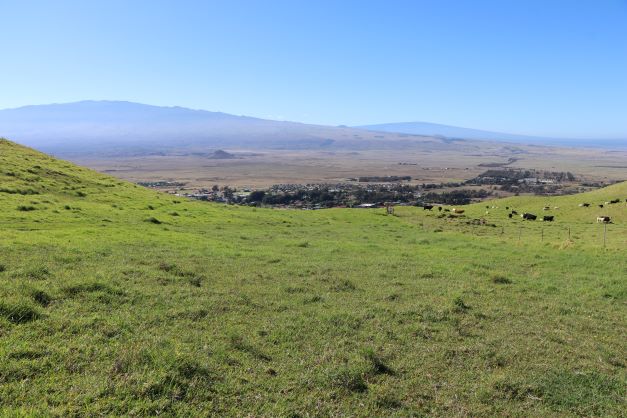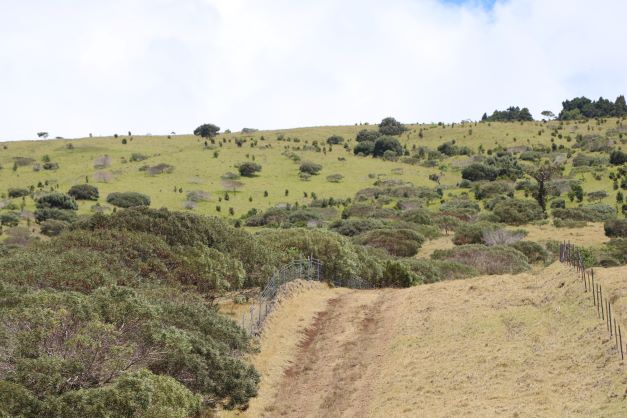State marks 125 years of cooperative efforts on forestry and agriculture
Stewardship efforts in Hawai‘i’s forest and crop lands have been connected for years, and forestry and agricultural interests have been intertwined in the Hawaiian Islands since well before statehood.
The Board of Agriculture and Forestry was established in 1903 while the islands were still a U.S. territory. Creation of forest reserves soon followed, along with directed efforts to manage invasive plants and animals, implement watershed protections and initiate reforestation of native tree and plant species.
Although two separate state departments exist today, the Department of Land and Natural Resources and the Department of Agriculture continue to maintain similar land stewardship principles that complement one another.
“We were one of the first forestry organizations in the country … created by agricultural interests,” said David Smith, administrator for Department of Land and Natural Resources Division of Forestry and Wildlife, in a press release. “Agriculture and forestry are closely tied in our nation’s history and in our state’s history, and that continues to this day.”
A critical resource for agricultural use, which forests help to provide, is water.
Early farmers and ranchers in Hawai‘i understood water’s value and recognized the need to carefully manage the resource. The importance of healthy watersheds for ranching, food production and plant and animal habitat and forests’ role in helping provide clean water was clear then and is still now.
“There are many ranchers who are members of the watershed partnerships throughout the state, and I think that’s a testament to the understanding of the value that the watersheds bring to agricultural and ranching use,” said Department of Land and Natural Resources Chairwoman Suzanne Case in the press release.
With ranchers’ and foresters’ concern for good land management so closely aligned, there are ample opportunities to work collaboratively for mutual benefit. Examples include rotational grazing to protect soil and promote carbon sequestration, reforestation of koa trees on marginal ranch lands for cattle and controlling invasive species for wildfire prevention.
These efforts help conserve biodiversity within agricultural systems while improving and sustaining multi-use, public trust lands statewide.
“Ranching is a big part of our heritage,” Case in the press release. “It’s integrated with forest management and good stewardship and working together is a way to preserve all that.”









